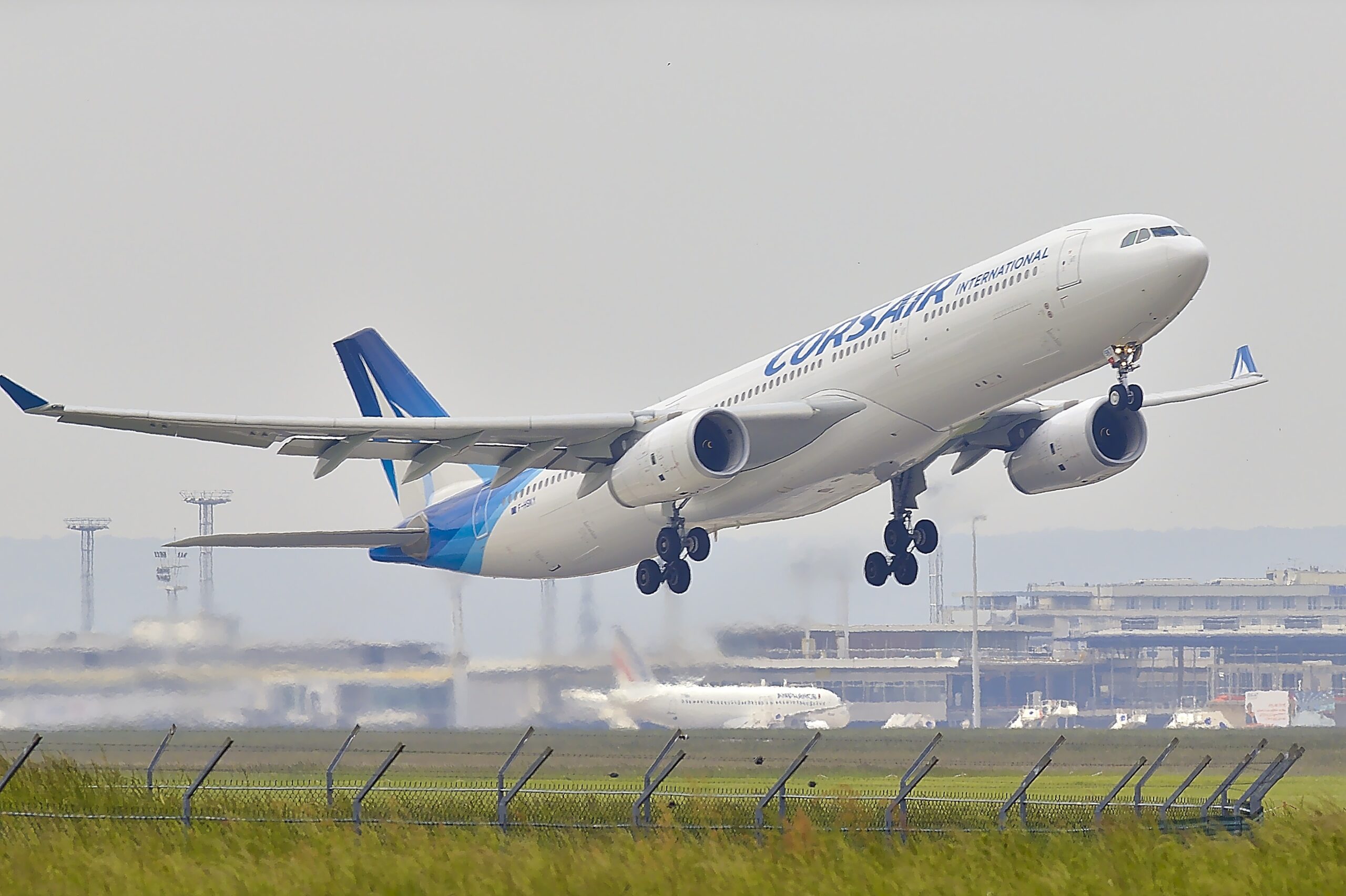Introduction
The aerospace industry stands as one of humanity’s most staggering achievements, a testament to our relentless pursuit of overcoming terrestrial boundaries. Central to this industry’s success is the aerospace manufacturer, an entity that combines innovation, precision, and engineering prowess to construct the vehicles of the sky and beyond. From the Wright brothers’ humble beginnings to the modern titans of space exploration, aerospace manufacturers have been pivotal in propelling both technology and imagination to new heights.
The Evolution of Aerospace Manufacturing
Aerospace manufacturing has undergone a remarkable transformation since the early days of aviation. Initially, the process involved hand-built designs and limited production capacity. Today, it represents a synergy of advanced materials, cutting-edge technology, and mass production techniques. This evolution has been driven by an unyielding quest for improvement, safety, and efficiency.
Several crucial periods marked this evolution. The two World Wars acted as catalysts, accelerating technological advancement and mass production capabilities. The Cold War era then ushered in the space race, further pushing the boundaries of what aerospace manufacturers could achieve. In contemporary times, the industry is characterized by an emphasis on sustainability, cost reduction, and integration of information technology.
Aerospace Manufacturer’s Role in R&D
Research and Development (R&D) is the lifeblood of the aerospace industry. Manufacturers invest heavily in R&D to refine existing technologies and to break new ground. In the fiercely competitive environment of aerospace manufacturing, companies that do not innovate risk obsolescence.
R&D extends beyond just crafting more powerful engines or streamlined airframes. It also encompasses the development of better navigation systems, more efficient fuel types, improved safety protocols, and the incorporation of artificial intelligence and machine learning into aircraft operation. The holistic approach to R&D ensures that progress in one area catalyzes advancements across the board, leading to the creation of more sophisticated and capable aerospace systems.
Manufacturing Techniques and Materials
The aerospace manufacturer’s choice of materials and manufacturing techniques directly affects the performance and reliability of aircraft and spacecraft. Traditional materials such as aluminum and steel have given way to composites and titanium, thanks to their favorable strength-to-weight ratios and resistance to environmental stress.
Advanced manufacturing techniques, such as 3D printing and modular construction, have revolutionized production methods. These technologies allow for the creation of complex components that would be impossible or prohibitively expensive to make using traditional methods. Such advancements not only save time and cost but also enable designers to push the limits of aerodynamics and spacecraft design.
The Supply Chain and Logistic Complexities
The intricate supply chain of aerospace manufacturing is a marvel in itself. Thousands of parts sourced from all over the world must come together at the right time, in the right place, and with the right specifications. Managing this complex network requires exceptional organizational skills and a profound understanding of global logistics.
The aerospace manufacturer must navigate geopolitical dynamics, economic fluctuations, and trade regulations. In addition, they have to maintain high standards of quality control across the entire supply chain, ensuring that even the smallest components meet stringent industry standards.
Safety and Regulatory Compliance
Safety is paramount in aerospace manufacturing. With the lives of millions of passengers and crew in their hands, manufacturers adhere to a rigorous set of safety standards and practices. Regulatory agencies such as the Federal Aviation Administration (FAA) in the United States and the European Union Aviation Safety Agency (EASA) set forth strict guidelines that manufacturers must follow.
Compliance with these regulations is not merely a legal obligation but also a moral imperative. Aerospace manufacturers invest considerable resources into safety testing, quality assurance, and continuous monitoring of their products’ performance. The commitment to safety extends into the operating culture of these companies, where the mantra ‘safety first’ is more than a slogan—it’s a fundamental business principle.
Economic Impact and Job Creation
The economic impact of the aerospace manufacturer can’t be overstated. The industry generates billions of dollars in revenue annually and provides high-paying, skilled jobs to millions of individuals around the globe. The ripple effects of a robust aerospace manufacturing sector extend into numerous ancillary industries, including raw materials, electronics, and software development.
Aerospace manufacturing often serves as a bellwether for technological advancement. The industry’s high standards and demand for precision drive innovation that later spills over into other sectors. For instance, GPS technology, initially developed for military use, has become ubiquitous, finding applications in everything from navigation to agriculture.
Challenges and Opportunities Ahead
Despite its achievements, the aerospace industry faces a set of challenges. Environmental concerns are prompting manufacturers to find ways to reduce the carbon footprint of their products. There’s a continuous need to balance the demands for increased air travel with the imperative of sustainability.
Meanwhile, the rise of private space ventures presents both competition and collaboration opportunities. The industry is at a crossroads where cooperation among traditional aerospace manufacturers and new entrants could lead to unprecedented advancements in space exploration and commercial space travel.
Looking to the Future: Innovation and Vision
The aerospace manufacturer’s journey is far from over. With the advent of technologies like autonomous flight and the pursuit of interplanetary travel, the industry is poised for another significant leap forward. Manufacturers are not only looking at the skies but beyond, envisioning a future where their craft traverse the solar system and perhaps even beyond.
The drive towards innovation is fueled by a combination of entrepreneurial spirit and scientific curiosity. As these manufacturers embrace new technologies and adapt to the changing world, their role in shaping the future of human transportation and exploration becomes ever more evident.
Conclusion
The aerospace manufacturer is a cornerstone of an industry that embodies human aspiration and ingenuity. From constructing the first powered aircraft to envisioning colonies on Mars, these manufacturers have continually redefined what is possible. Their contributions go far beyond the vehicles they produce; they fuel economies, create jobs, spur technological advancements, and, most importantly, shrink the vast expanses of our world and the universe beyond. As we look to the skies and dream of the stars, it is the aerospace manufacturer that takes us there, one innovative step at a time. This journey is a testament to the power of human ambition and the relentless spirit of exploration that propels us forward into the great unknown.

